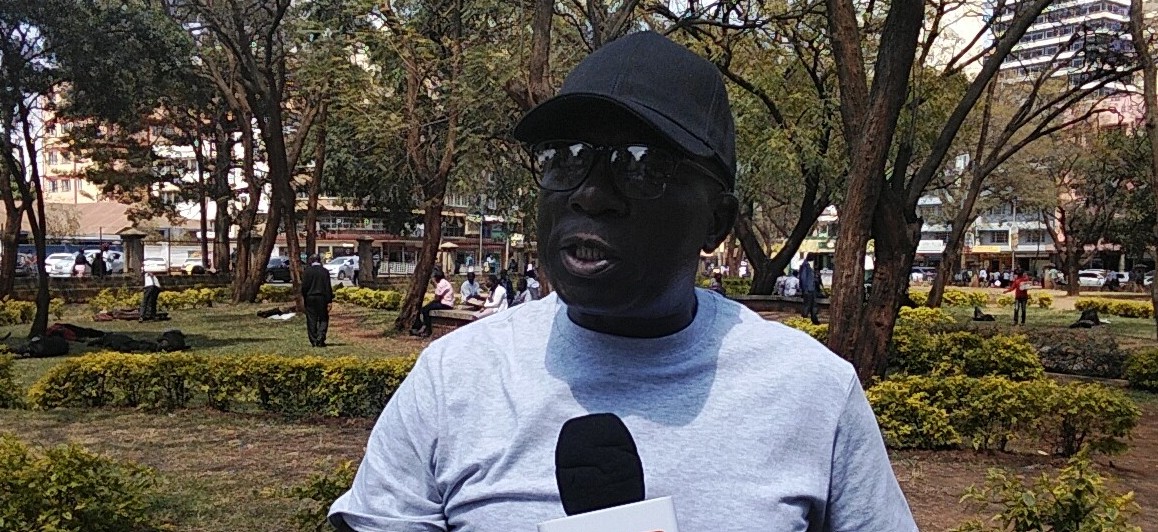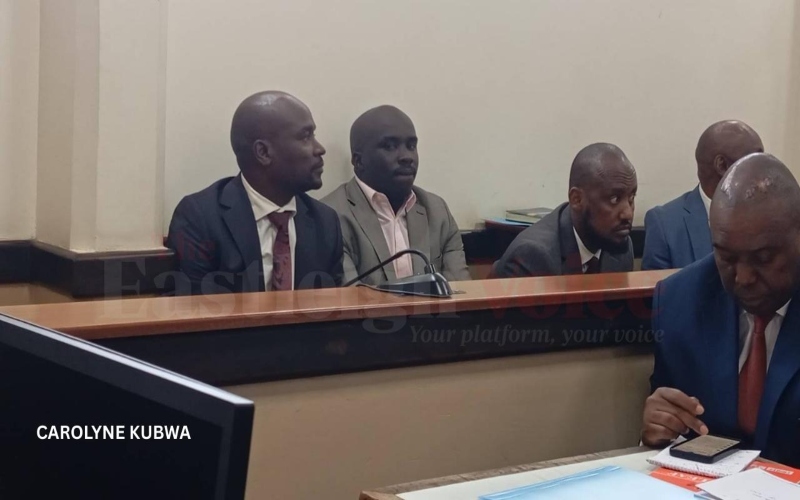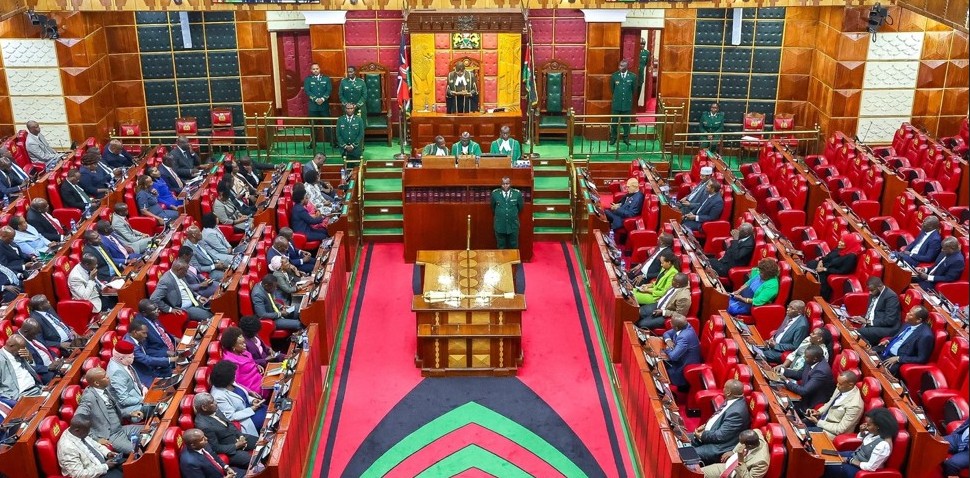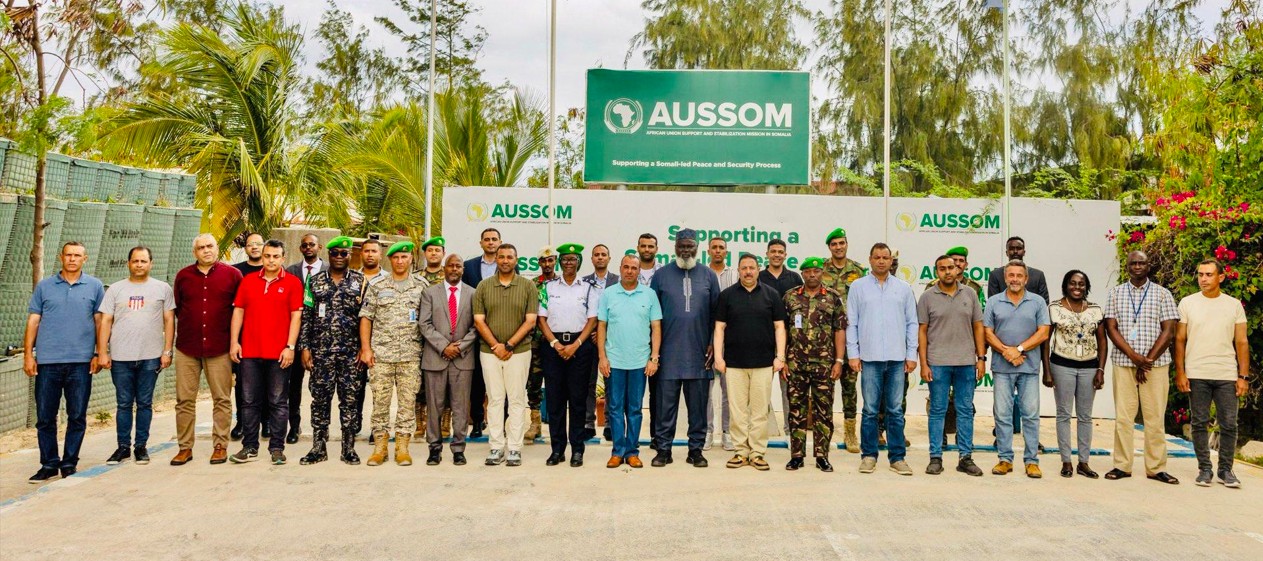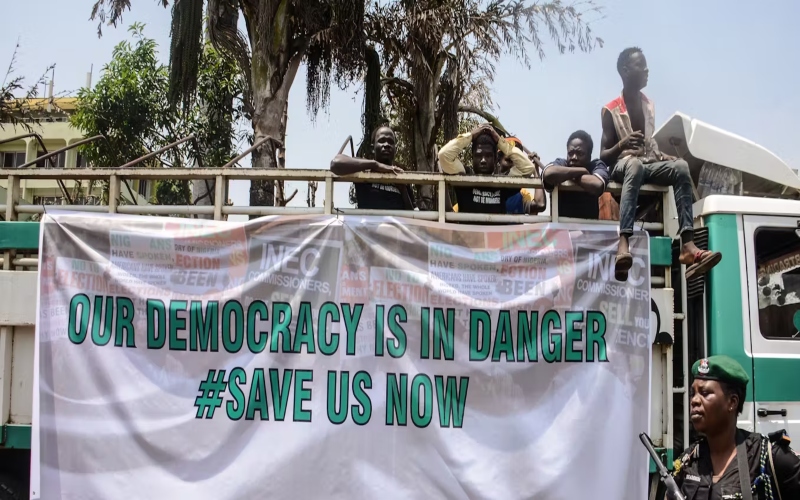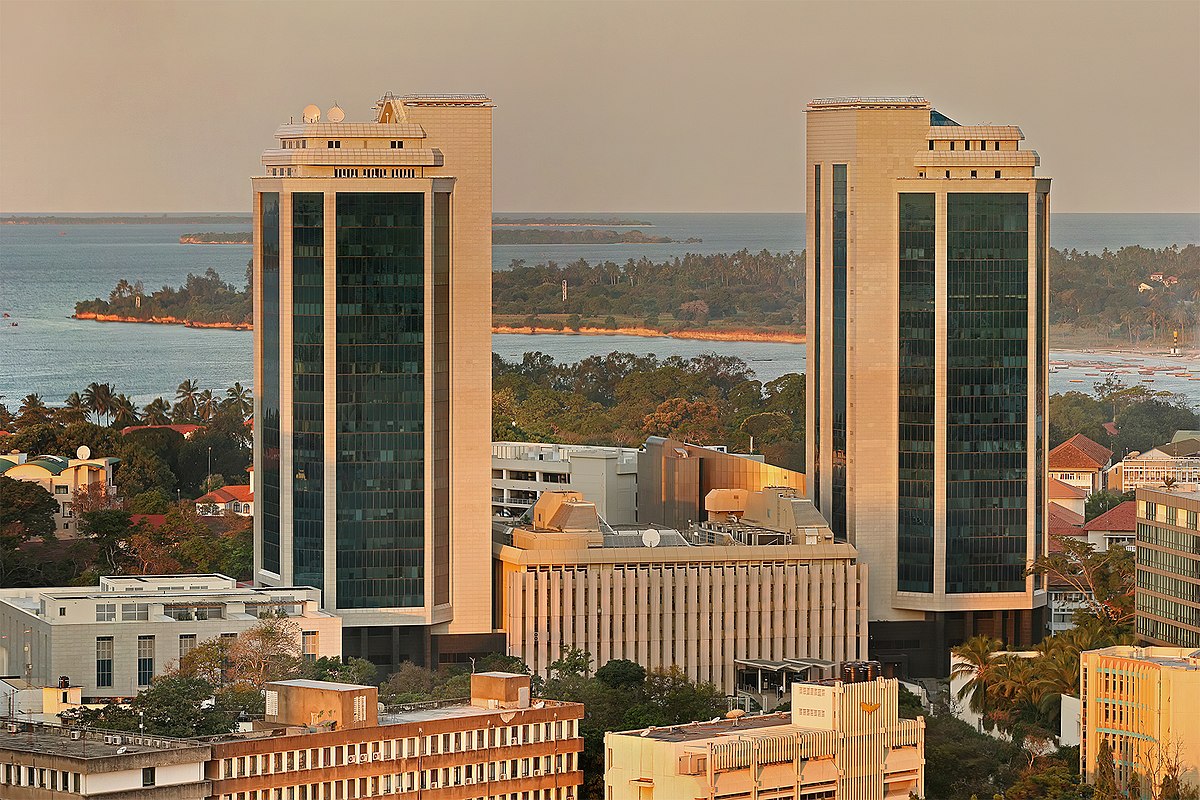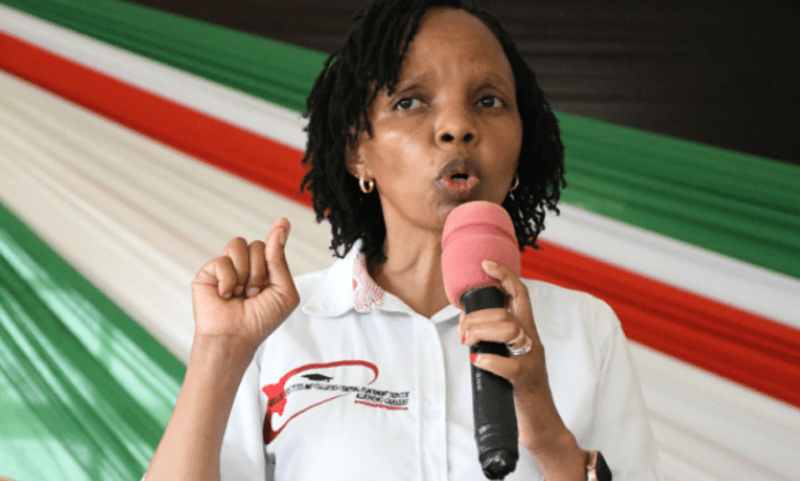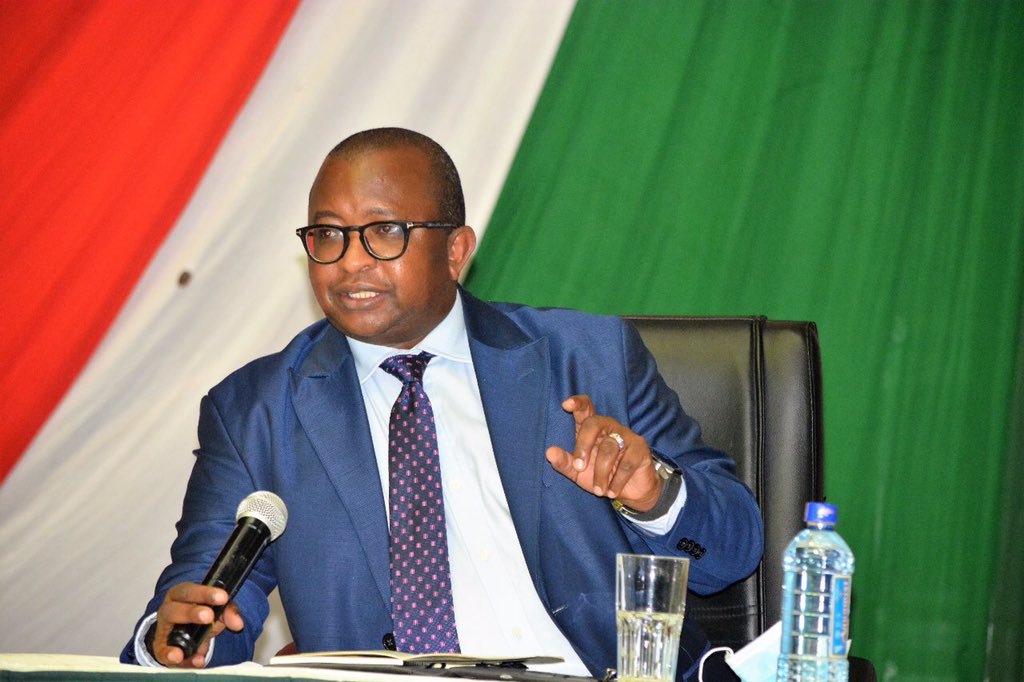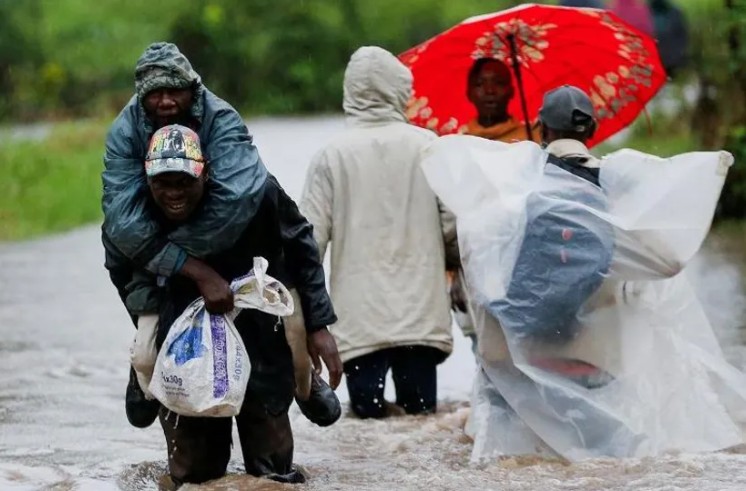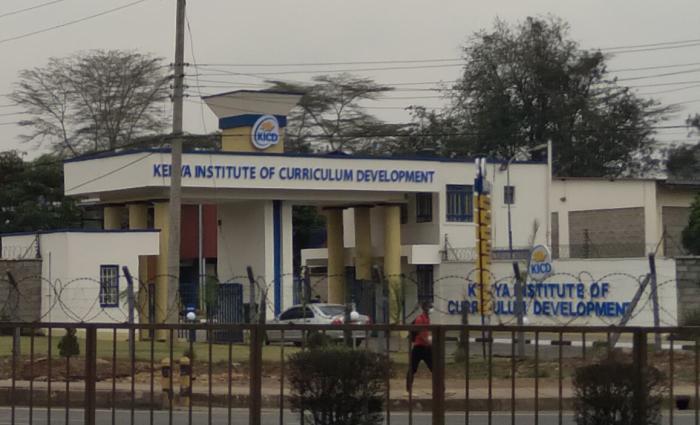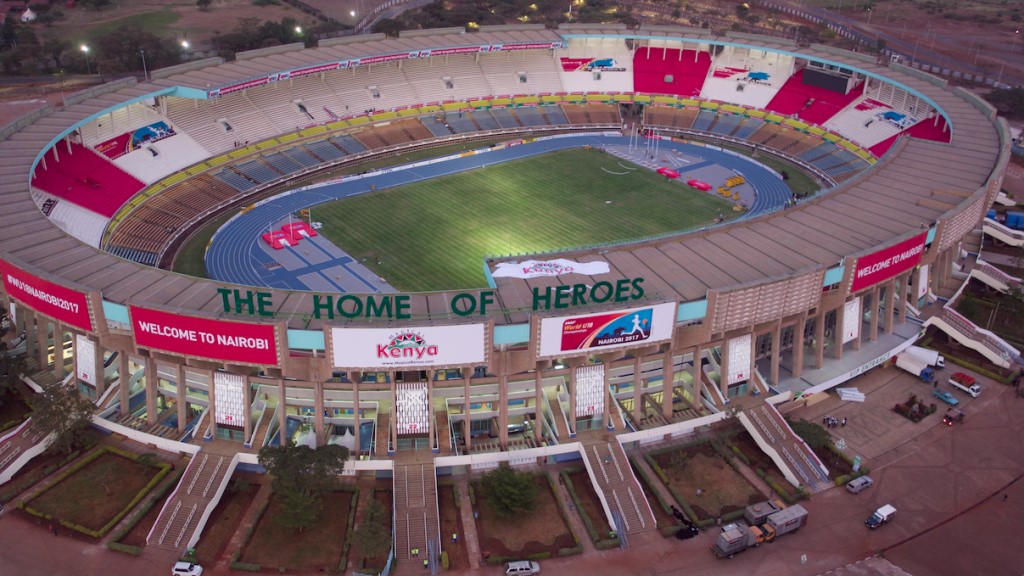Only non-compliant children’s homes will be shut down, government says

The clarifications follow growing concerns among lawmakers over the rising number of homeless children and the government’s strategy to phase out privately owned children’s homes.
Children’s homes that have failed to comply with legal and regulatory standards will be shut down, the government has clarified, amid ongoing reforms to protect vulnerable children and address the growing issue of child homelessness in Kenya.
The move comes as the government seeks to transition to a care model that emphasises family- and community-based alternatives.
More To Read
- MPs demand list of authorised job agencies after Kazi Majuu complaints
- CS Mutua flags 89 agencies in fake overseas job scams, issues stern warning
- Labour Ministry receives 84 complaints in Sh17m fraud by fake overseas job agents
- Labour CS Alfred Mutua pushes for competency-based learning in adult education
- KUPPET gives government one week to release capitation funds or face school shutdown
- MPs summon CS Mutua after revelation that Kenyans from Machakos, Makueni dominate overseas jobs
Labour and Social Protection Cabinet Secretary Alfred Mutua made the announcement during a handover ceremony at the Ministry’s headquarters in Nairobi, where Caren Ageng’o Achieng’ officially took over as Principal Secretary of the newly established State Department for Children Welfare Services.
The new department, carved out of the State Department for Social Protection and Senior Citizen Affairs, led by PS Joseph Motari, will specifically oversee children’s welfare and rights.
“It was just yesterday that I approved the certificates of 25 children’s homes. We are not closing down children’s homes that are properly established, but the illegal ones will have to go because we do not want them to be used for child trafficking and other illegal things,” Mutua said.
He added that the government remains committed to supporting the work of legally registered Child Welfare Societies countrywide.
PS Achieng’, outlining her priorities, said she would focus on strengthening child protection mechanisms, including improving collaboration with the judiciary to expedite the handling of children’s cases in courts.
“I will work with the judiciary to ensure the case management is fully rolled out so that we can monitor how children’s cases in courts are being dispensed,” she said.
“I will also improve the infrastructure in the country to support children's welfare, and we will involve the county governments.”
She further noted that police stations and counties would be equipped with dedicated children’s facilities, including rescue centres for minors.
The establishment of the State Department for Children Welfare Services is part of a broader government strategy to address the high number of children going missing in the country, many either separated from their parents in crowded public places, abducted or fleeing abusive homes.
Principal Children Officer at the National Council for Children’s Services, Kennedy Owino, echoed the government’s commitment, clarifying that the reforms are not about shutting down children’s homes entirely but rather transitioning to a more nurturing model of care.
“We are transitioning them with the goal of placing children in nurturing family settings that better support emotional development,” Owino said.
He cautioned against the normalisation of institutional care, pointing out that many children could be raised within their extended families if those families were properly supported.
He also referenced studies indicating that children raised in institutional settings often face developmental delays and lack consistent, nurturing relationships with caregivers.
The clarifications follow growing concerns among lawmakers over the rising number of homeless children and the government’s strategy to phase out privately owned children’s homes.
Nominated Senator Esther Okenyuri recently called on the State to prioritise the establishment of more shelters and safe spaces for vulnerable children and families before implementing the institutional care reforms.
“Has the Ministry of Labour and Social Protection developed and implemented, in partnership with the relevant stakeholders, a comprehensive national policy framework for rehabilitation, reintegration and empowerment of homeless children and vulnerable mothers?” Ms Okenyuri posed.
Kenya currently has 902 registered children’s homes, collectively housing approximately 45,000 children.
Missing child cases are categorised into four groups, including lost and found, runaways, trafficked or abducted and abandoned.
Top Stories Today
